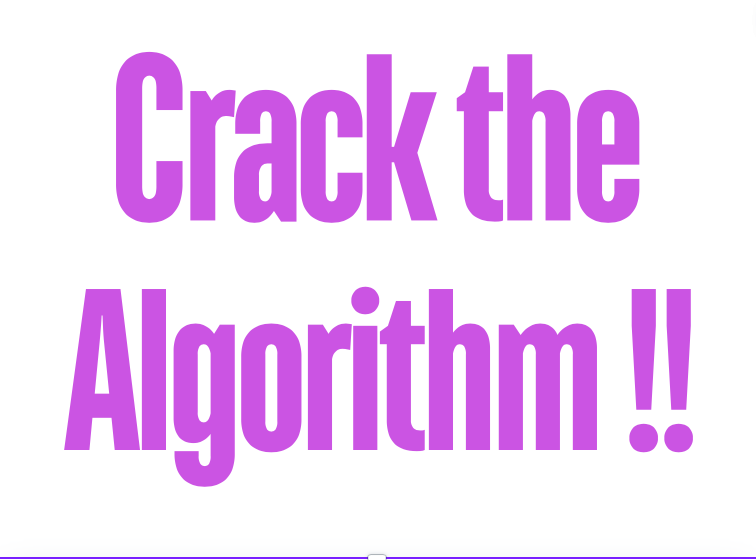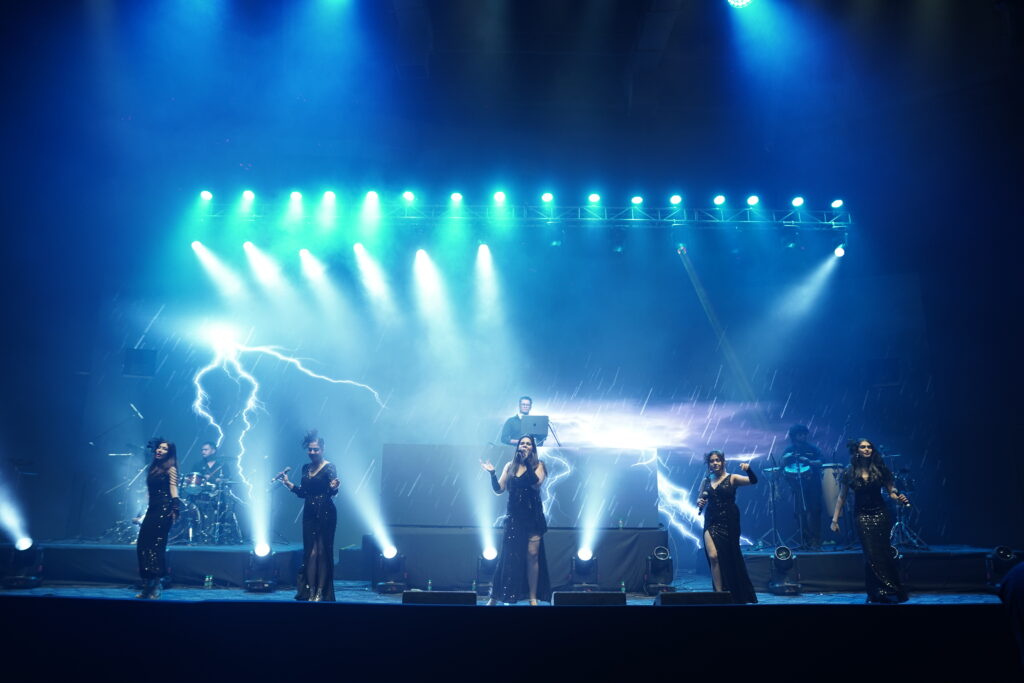How to Crack the Instagram Algorithm as an Artist ?

Instagram can be a powerful platform for artists to showcase their work and grow their following. Here are some essential tips to help you crack the Instagram algorithm and increase your visibility
Consistency
- Regular Posting: Aim to post consistently, around 3-4 times per week, to stay relevant.
- Use All Features: Incorporate Stories, Reels, and IGTV to show the algorithm you’re an active user.
Engage with Your Audience
- Respond to Comments: Engage with your followers by responding to comments and messages.
- Interactive Content: Use polls, Q&As, and interactive stickers in Stories to boost engagement.
High-Quality Content
- Visual Appeal: Ensure your posts are visually engaging and high quality.
- Unique Style: Develop a consistent and recognizable aesthetic for your profile.
Smart Hashtags
- Relevant Hashtags: Use a mix of popular and niche-specific hashtags to reach your target audience.
- Maximize Exposure: Use up to 30 relevant hashtags per post to increase visibility.
Leverage User-Generated Content
- Feature Followers: Share posts from your followers to build community and engagement.
- Collaborations: Partner with other artists or influencers to expand your reach.
Analyze and Optimize
- Instagram Insights: Regularly check your analytics to see what type of content performs best.
- Optimal Timing: Post when your audience is most active to maximize engagement.
Encourage Interaction
- Save and Share: Create content that encourages followers to save and share, such as tips or tutorials.
- Call to Action: Use captions to encourage comments, likes, and shares.
Cracking the Instagram algorithm as an artist involves a combination of consistency, engagement, high-quality content, and staying current with trends. By strategically leveraging these elements, you can enhance your visibility, grow your audience, and build a stronger presence on the platform.





